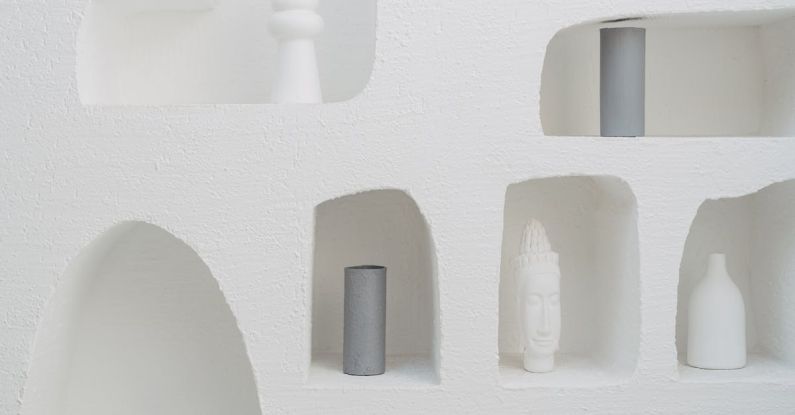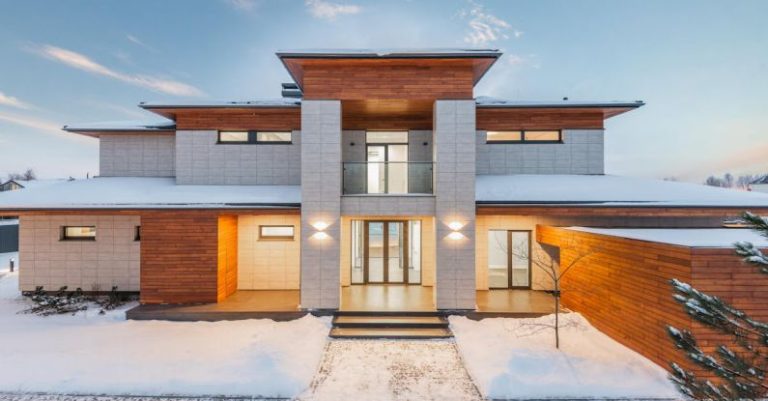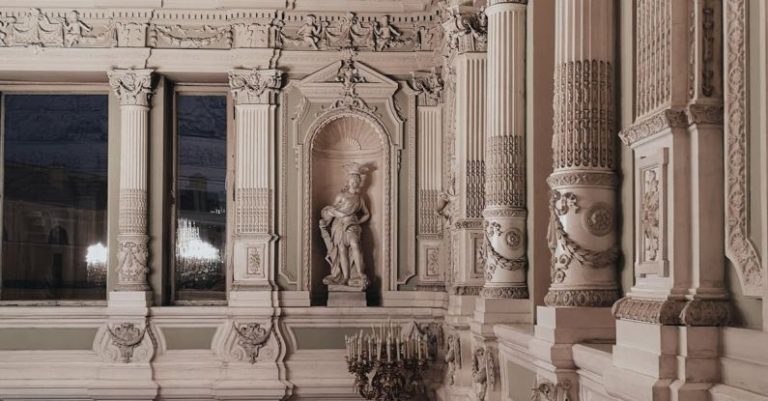Sculpting the Future: the Role of Composites in Parametric Design
The marriage of advanced composites and parametric design has opened up a realm of possibilities for architects, engineers, and designers. This dynamic duo is transforming the way we approach design, enabling the creation of complex, organic forms that were once thought impossible. With the ability to precisely control and manipulate material properties, parametric design paired with composites is revolutionizing the way we think about structures, buildings, and products. Let’s delve into the fascinating world where these two technologies intersect.
The Power of Parametric Design
Parametric design is a cutting-edge approach that involves the use of algorithms to create complex, variable designs based on a set of parameters. By inputting specific data and rules into design software, designers can generate intricate forms that respond intelligently to changes in input variables. This flexibility allows for the creation of highly customized and optimized designs that can adapt to various environmental, functional, and aesthetic requirements.
One of the key advantages of parametric design is its ability to seamlessly integrate with digital fabrication technologies such as 3D printing, CNC machining, and robotic manufacturing. This synergy between design and production enables the rapid prototyping and fabrication of complex geometries that would be difficult, if not impossible, to achieve using traditional methods. As a result, parametric design is pushing the boundaries of what is possible in architecture, engineering, and product design.
The Versatility of Composites
Composites are materials made from two or more constituent materials with significantly different physical or chemical properties. By combining these materials, composites can exhibit superior mechanical, thermal, and aesthetic properties compared to their individual components. Common types of composites include carbon fiber, fiberglass, and aramid fiber, each with its own unique characteristics and applications.
Composites offer a wide range of benefits that make them an attractive choice for designers and engineers. These materials are lightweight yet incredibly strong, making them ideal for applications where weight savings and structural performance are critical. Composites are also highly durable, corrosion-resistant, and can be tailored to meet specific design requirements, making them a versatile option for a variety of industries.
The Intersection of Composites and Parametric Design
The integration of composites with parametric design represents a significant advancement in the field of design and engineering. By combining the flexibility of parametric design with the performance capabilities of composites, designers can create innovative structures and products that were previously unattainable. The ability to optimize material layouts, geometries, and performance criteria through parametric algorithms allows for the development of highly efficient and sustainable designs.
One of the key advantages of using composites in parametric design is the ability to tailor material properties to specific design requirements. By strategically placing fibers and resin within a structure, designers can optimize strength, stiffness, and weight distribution to enhance performance and efficiency. This level of customization enables the creation of lightweight yet robust structures that are well-suited for a wide range of applications.
The Future of Design with Composites and Parametric Design
As the fields of composites and parametric design continue to evolve, the future holds exciting possibilities for designers, architects, and engineers. The seamless integration of these technologies will enable the creation of highly sophisticated, sustainable, and efficient structures that push the boundaries of traditional design constraints. From innovative building facades to lightweight automotive components, the potential applications of composites in parametric design are virtually limitless.
In conclusion, the marriage of composites and parametric design represents a paradigm shift in the way we approach design and engineering. By leveraging the unique properties of composites and the computational power of parametric design, designers can sculpt the future of architecture, engineering, and product design. This dynamic combination is redefining what is possible in the world of design, opening up a new era of creativity, innovation, and sustainability.






